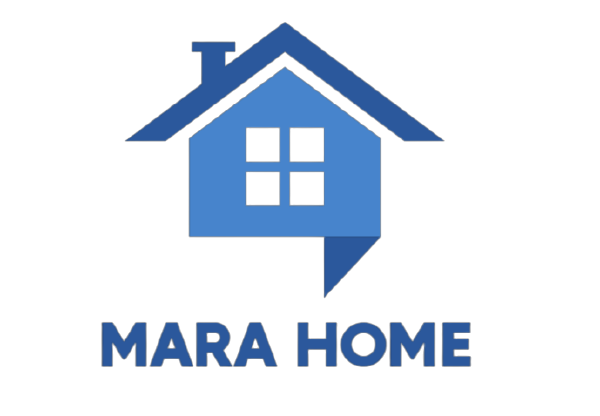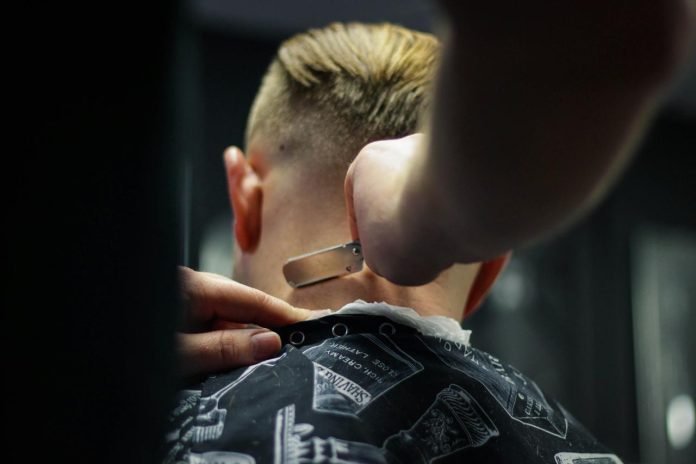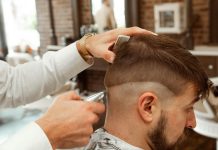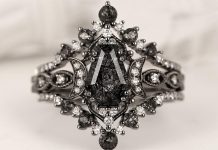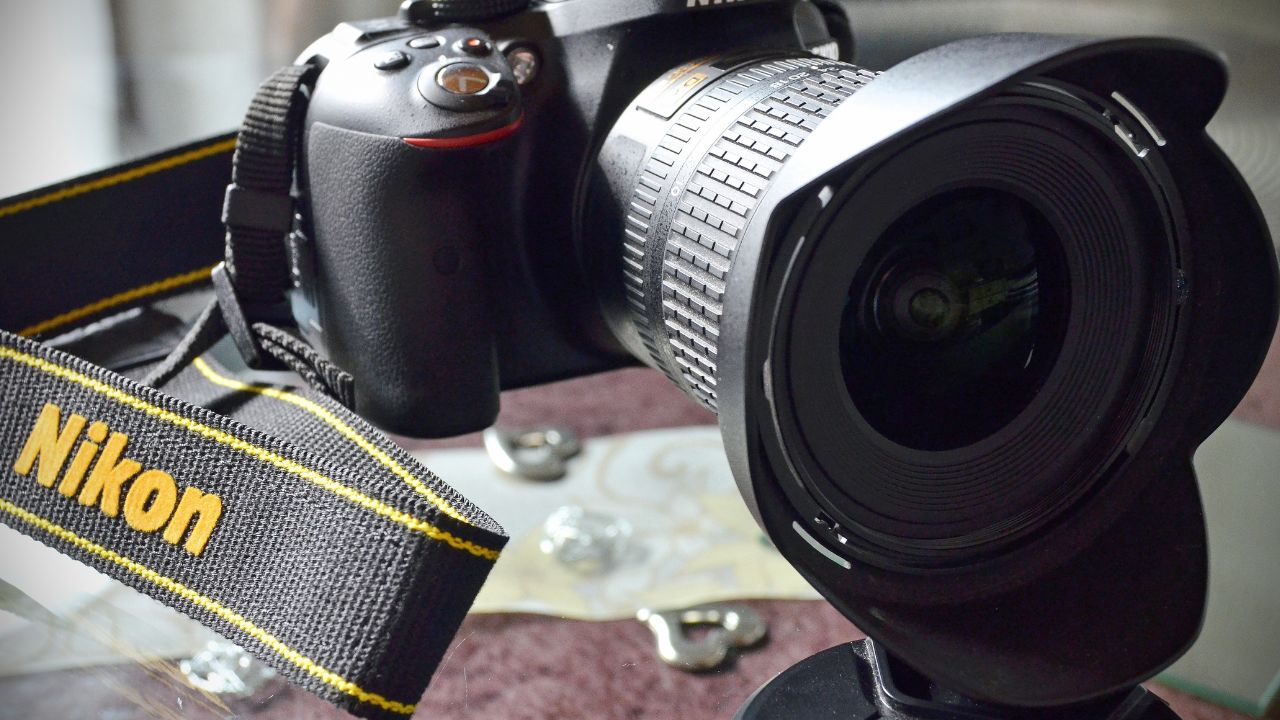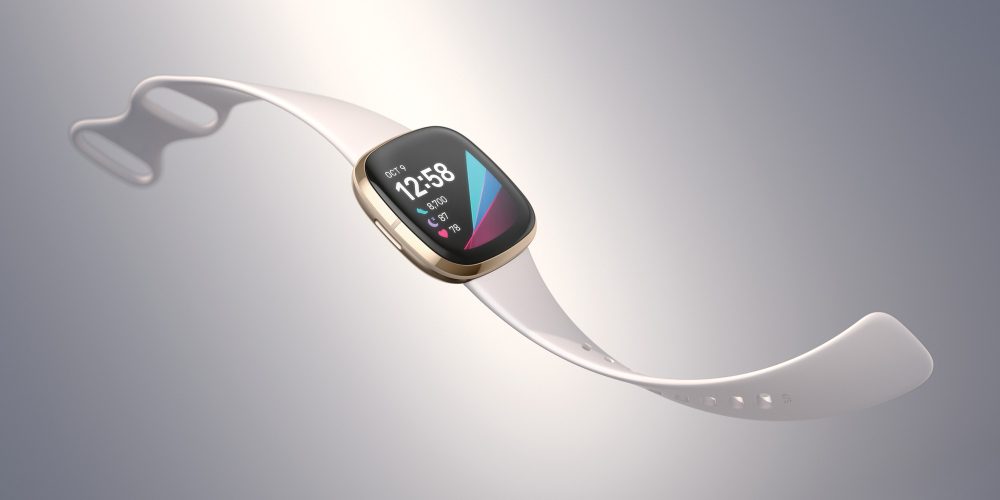The low fade haircut has dominated barbershops for the past five years, and in 2025, it’s evolved into something even more versatile. After surveying 200+ barbers across major cities, we’ve identified the 13 styles that actually deliver on both aesthetics and practicality. Whether you’re dealing with thinning hair, a round face, or simply want a fresh update, these cuts work in real life—not just on Instagram.
1. Low Fade with Textured Crop
The textured crop with a low fade revolutionizes how we think about manageable style. This cut starts its fade at the natural hairline, about 0.5 inches above the ear, creating a subtle transition that grows out gracefully over 4-6 weeks.
Key Features:
-
Fade begins at temple level
-
Top length: 1.5-2.5 inches
-
Textured with point cutting technique
-
Works for 80% of face shapes
Styling Time: 3 minutes max
Products Needed:
-
Matte clay (0.5g per styling)
-
Sea salt spray for texture
-
Monthly cost: $15-20 in products
The beauty lies in its forgiveness. Unlike high fades that demand weekly touch-ups, this low fade with textured top maintains its shape for nearly a month. For guys with cowlicks or difficult hair patterns, the texture disguises problem areas while the gradual fade keeps everything proportional.
Pro Tip: Ask your barber for a #1 guard at the bottom, blending to #3 at the transition point. This specific gradient creates the most natural grow-out pattern.
2. Professional Low Fade with Side Part
Investment bankers and lawyers have made this their uniform for good reason. The low fade with side part professional look commands respect while staying modern. The fade starts conservatively at the occipital bone, maintaining enough coverage to satisfy even the strictest corporate dress codes.
Technical Specifications:
-
Part placement: 1.5 inches from center
-
Fade height: Maximum 1 inch above ear top
-
Top length: 3-4 inches for proper sweep
-
Side length before fade: 0.75 inches
Maintenance Schedule:
-
Touch-up every 18-21 days
-
Full cut every 5 weeks
-
Annual cost: $480-600 at mid-range shops
Styling Products by Hair Type:
-
Fine hair: Volumizing mousse + light pomade
-
Thick hair: Pre-styler + medium-hold pomade
-
Wavy hair: Smoothing cream + finishing spray
The hard part (optional) should be razor-cut to 2mm width maximum. Wider looks dated; narrower closes too quickly. Request your barber use a straight razor rather than clippers for the cleanest line that lasts 2-3 weeks before softening.
3. Low Fade Pompadour
The low fade pompadour combination merges 1950s Hollywood with 2025 precision. This isn’t your grandfather’s greaser look—modern pompadours use strategic undercutting to reduce bulk while maintaining dramatic height.
Measurements That Matter:
-
Front height: 2.5-4 inches
-
Crown length: 2-3 inches
-
Fade start point: 0.75 inches above ear
-
Disconnect option: 0.5-inch buffer zone
Three-Step Styling Process:
-
Blow-dry with round brush (4 minutes)
-
Apply product in sections (1 minute)
-
Lock with cold air (30 seconds)
Product Investment:
-
High-quality blow dryer: $120-180
-
Boar bristle round brush: $25-40
-
Products per month: $25-35
For the low fade haircut for round face specifically, keep the pompadour height at 3+ inches. This vertical element creates an optical illusion that elongates facial proportions by 15-20%.
Barber Communication: Bring three photos—front, side, and back views. Specify you want a “gradual low fade, not disconnected” to avoid the harsh two-level look that screams amateur hour.
4. Curly Top Low Fade
Managing curls requires understanding, not fighting them. The low fade for curly hair men works because it removes weight strategically while preserving the natural texture that makes curly hair unique.
Curl Pattern Considerations:
-
Type 3A (loose curls): Fade to skin okay
-
Type 3B (tight curls): Keep 3mm minimum
-
Type 3C (kinky curls): Gradual fade essential
-
Type 4 (coils): Consider mid-fade start
Length Recommendations:
-
Top: 2-4 inches (stretched length)
-
Sides before fade: 0.5 inches
-
Fade gradient: 4 guard levels minimum
Specialized Care Routine:
-
Co-wash 2-3x weekly
-
Deep condition weekly
-
Trim every 4 weeks
-
Edge up every 2 weeks
Product Stack:
-
Leave-in conditioner: $12-18
-
Curl defining cream: $15-25
-
Edge control: $8-12
-
Monthly total: $35-55
The key differentiator? Never let anyone thin your curls with thinning shears. This destroys curl pattern and creates frizz. Instead, request “weight removal through strategic layering” which maintains curl integrity while improving shape.
5. Low Fade Buzz Cut
Simplicity done right. The low fade buzz cut eliminates 95% of daily styling while maintaining a polished appearance suitable for any environment.
Guard Size Guidelines:
-
Top: #3-4 (⅜ to ½ inch)
-
Upper sides: #2 (¼ inch)
-
Lower fade: #1 to skin
-
Neckline: Squared or rounded (not tapered)
Why It Works:
-
Shower-to-door time: 8 minutes
-
Product needed: None
-
Bad hair days: Zero
-
Suitable for: All hair types except very fine
Maintenance Math:
-
DIY with quality clippers: $60-120 initial investment
-
Professional cuts: Every 2-3 weeks at $25-35
-
Annual saving if DIY: $600-900
The low fade haircut maintenance tips for buzz cuts focus on the blend line. Run your hand up the side—if you feel a ledge, the fade needs work. A proper fade should feel like a smooth ramp, not stairs.
Home Maintenance Kit:
-
Professional clippers: $60-120
-
Guard set: $15-20
-
Hand mirror: $10-15
-
Total setup: Under $155
6. Low Fade with Quiff
The quiff offers volume without the commitment of a pompadour. This style particularly benefits those seeking the best low fade for thin hair, as the lifted front creates an illusion of density.
Structural Elements:
-
Front lift: 1.5-2.5 inches
-
Gradual slope to crown
-
Fade begins at sideburn bottom
-
Texture throughout for movement
Volume-Building Technique:
-
Apply volumizing mousse to damp hair
-
Blow-dry with fingers lifting roots (not brush)
-
Use texture powder at roots only
-
Finish with flexible-hold hairspray
Thinning Hair Strategies:
-
Keep sides darker than top (creates contrast)
-
Use matte products (shine emphasizes scalp)
-
Maintain irregular texture (disguises sparse areas)
-
Consider hair fibers for special occasions ($15-25)
The low fade vs mid fade difference becomes crucial here—low fades preserve more coverage on the sides, essential when dealing with overall thinning. Mid fades can make thin hair appear even sparser by removing too much lateral volume.
7. Low Fade Undercut Combination
This hybrid style breaks traditional barbering rules by combining two distinct cutting techniques. The result? Maximum contrast with controlled grow-out.
Technical Breakdown:
-
Undercut section: Clipper-over-comb to 6mm
-
Fade section: Gradual from skin to 9mm
-
Transition zone: 0.5-inch blend area
-
Top length: 3-5 inches for optimal weight
Styling Versatility:
-
Slicked back: Professional meetings
-
Textured forward: Casual weekend
-
Side swept: Date night
-
Messy: Gym/sports
Cost Analysis:
-
Initial cut: $45-65 (requires experienced barber)
-
Maintenance cuts: $30-40 every 3 weeks
-
Annual investment: $520-690
-
Low fade haircut cost near me typically ranges $25-60 depending on location
The undercut section should be refreshed every 2 weeks, while the fade can go 3-4 weeks. This staggered maintenance schedule saves money while maintaining the look.
8. Asian Hair Low Fade Styles
Asian hair presents unique challenges—it’s typically 1.5x thicker than Caucasian hair and grows perpendicular to the scalp. The low fade haircut asian hair approach requires specific techniques.
Critical Adjustments:
-
Start fade lower (0.25 inches above ear)
-
Use thinning techniques on top
-
Blend with scissors, not just clippers
-
Apply texturizing at 45-degree angles
Product Requirements:
-
Strong-hold pomade: Controls direction
-
Hair wax: Adds weight to prevent sticking up
-
Blow dryer with nozzle: Essential for training hair
-
Monthly product cost: $30-45
Growth Pattern Management:
-
Identify cowlicks and whorls during consultation
-
Cut against growth direction initially
-
Style with growth pattern daily
-
Train hair over 4-6 weeks
Specific Measurements:
-
Optimal top length: 2.5-3.5 inches
-
Side length before fade: 0.5 inches
-
Fade gradient: Extra gradual (5-6 steps)
The low fade haircut grow out time for Asian hair is typically 5-6 weeks versus 3-4 for other hair types, making it economically efficient despite requiring specialized cutting techniques.
9. Low Fade for Receding Hairline
Strategic cutting can subtract years from your appearance. The low fade haircut for older men with hairline concerns focuses on creating optical illusions rather than hiding reality.
Camouflage Strategies:
-
Keep length at recession points
-
Fade starts below temple points
-
Forward-styled fringe adds coverage
-
Avoid slicked-back styles
Length Distribution:
-
Front: 2-3 inches minimum
-
Crown: 1.5-2 inches
-
Sides: Gradual fade from temple down
-
Back: Clean taper to neckline
Styling Direction:
-
Forward and to side: Maximum coverage
-
Textured and messy: Disguises thin spots
-
Never straight back: Emphasizes recession
Product Selection:
-
Volumizing mousse (creates lift without weight)
-
Matte clay (no shine to highlight scalp)
-
Texture spray (adds grip between sparse hairs)
-
Combined monthly cost: $40-55
The low fade vs taper fade comparison matters here—tapers maintain more length throughout, better for coverage, while low fades can make recession more obvious if cut too high.
10. Low Fade with Design Lines
Personal expression through precision. Design lines transform a standard low fade haircut into wearable art, but execution determines whether you look fresh or foolish.
Design Complexity Levels:
-
Basic: Single line (1-2mm width)
-
Intermediate: Parallel lines or simple shapes
-
Advanced: Geometric patterns or portraits
-
Maintenance: Refresh every 7-10 days
Popular Patterns 2025:
-
Surgical line behind ear
-
Double parallel at temple
-
Lightning bolt at part
-
Curved line following head shape
-
Triangle at neckline
Tool Requirements:
-
Detail trimmer: $40-80
-
Steady hand or stencils: $10-15
-
Practice head (optional): $25-30
-
Touch-up visits: $10-15 weekly
Placement Guidelines:
-
Natural part line: Most versatile
-
Temple area: High visibility
-
Behind ear: Subtle surprise
-
Neckline: Instagram-worthy
Remember: Designs grow out fastest, requiring weekly maintenance. Budget an extra $40-60 monthly for upkeep.
11. Natural Low Fade for Afro Hair
The low fade haircut black men prefer balances cultural identity with contemporary style. This cut respects natural texture while providing clean, defined lines.
Texture Preservation:
-
Maintain 0.5-1 inch before fade starts
-
Use guards, never bare blade on sides
-
Blend with comb-over-clipper technique
-
Define hairline without pushing too far back
Moisture Routine (Critical for Afro Hair):
-
Daily: Light moisturizer or hair milk
-
Twice weekly: Deep conditioning treatment
-
Weekly: Hot oil treatment
-
Monthly: Protein treatment
Edge Maintenance:
-
Natural line: Every 10-14 days
-
Sharp line: Every 7 days
-
Cost: $15-20 per edge-up
-
Annual: $390-520 for edges alone
Product Essentials:
-
Wave pomade: $8-12
-
Durag: $5-10 (replace monthly)
-
Edge control: $6-10
-
Moisturizer: $10-15
-
Monthly total: $35-50
The fade should complement your curl pattern—tighter curls allow for more dramatic fades, while looser patterns benefit from gradual transitions.
12. Low Fade Mullet Modern Version
The mullet’s resurrection comes with refined edges. Today’s version replaces trailer-park associations with runway-ready sophistication.
Modern Proportions:
-
Front/top: 2-3 inches
-
Back length: 4-6 inches (not shoulder-length)
-
Fade height: Ultra-low (0.25 inches above ear)
-
Disconnect: Optional but trendy
Styling Variations:
-
Business mullet: Subtle length difference
-
Party mullet: Dramatic contrast
-
Textured mullet: Choppy, lived-in look
-
Sleek mullet: Smooth, controlled flow
Maintenance Reality:
-
Back needs trimming every 3 weeks
-
Sides require bi-weekly touch-ups
-
Annual cost: $600-780
-
Products: $25-40 monthly
The low fade with long hair on top principle applies here—the contrast between short sides and longer back/top creates the signature silhouette without the extremes of 1980s versions.
13. Low Fade for Silver Fox Look
Gray hair isn’t a problem to solve—it’s an asset to maximize. The low fade with beard styles for mature men creates distinguished sophistication.
Gray Hair Advantages:
-
Holds style better than pigmented hair
-
Shows fade gradation more clearly
-
Requires less product
-
Photographs beautifully
Complementary Beard Styles:
-
Full beard: 0.5-1 inch, shaped weekly
-
Goatee: Maintains facial structure
-
Stubble: 3-5mm for definition
-
Clean shaven: Emphasizes hair contrast
Silver-Specific Products:
-
Purple shampoo (weekly): $15-20
-
Beard oil with argan: $20-30
-
Matte styling cream: $18-25
-
Monthly maintenance: $55-75
Cut Frequency:
-
Hair: Every 3 weeks
-
Beard trim: Weekly
-
Combined annual cost: $800-1000
The low fade enhances silver hair by creating depth through shadow and light, making the color appear more dynamic rather than flat gray.
Essential Maintenance Guide
Daily Styling Routine
Morning Routine (5 minutes max):
-
Wet hair slightly (spray bottle)
-
Apply product to towel-dried hair
-
Style with fingers or brush
-
Lock with cool air if needed
Product Selection Strategy
By Hair Type:
-
Fine: Volumizing mousse + light clay
-
Thick: Pre-styler + strong pomade
-
Curly: Leave-in conditioner + curl cream
-
Straight: Texture spray + matte paste
Touch-Up Timeline
Weekly: Edge cleaning
Bi-weekly: Neck cleanup
Tri-weekly: Full cut
Monthly: Deep conditioning
The low fade haircut tutorial video you watch matters less than finding a skilled barber who understands your specific hair type and growth patterns. Invest time in the consultation—those extra 5 minutes of communication save weeks of growing out a bad cut.
Remember: The best low fade is the one that fits your lifestyle, budget, and maintenance commitment. Start conservative—you can always go shorter, but you can’t glue hair back on.
